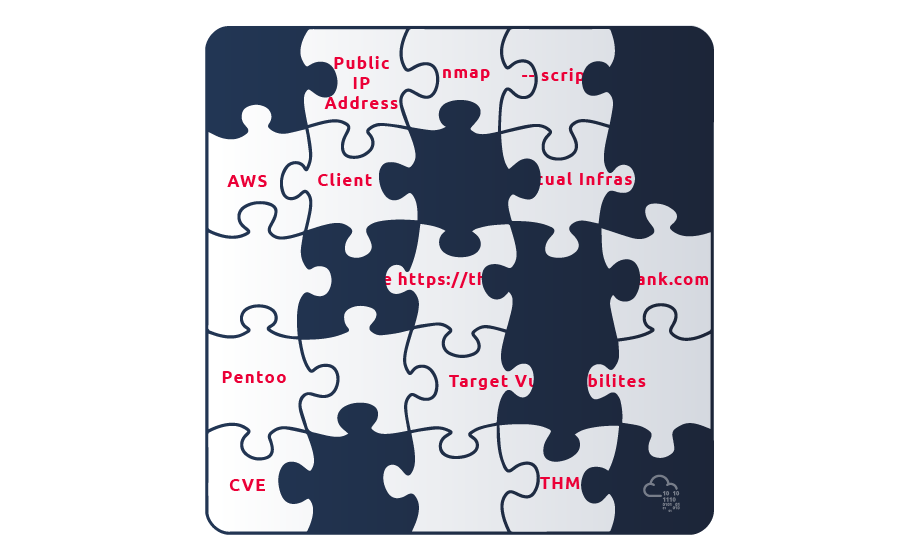After identifying critical information and analysing threats, we can start with the third step: analysing vulnerabilities. This is not to be confused with vulnerabilities related to cybersecurity. An OPSEC vulnerability exists when an adversary can obtain critical information, analyse the findings, and act in a way that would affect your plans.

To better understand an OPSEC vulnerability as related to red teaming, we’ll consider the following scenario. You use Nmap to discover live hosts on a target subnet and find open ports on live hosts. Moreover, you send various phishing emails leading the victim to a phishing webpage you’re hosting. Furthermore, you’re using the Metasploit framework to attempt to exploit certain software vulnerabilities. These are three separate activities; however, if you use the same IP address(es) to carry out these different activities, this would lead to an OPSEC vulnerability. Once any hostile/malicious activity is detected, the blue team is expected to take action, such as blocking the source IP address(es) temporarily or permanently. Consequently, it would take one source IP address to be blocked for all the other activities use this IP address to fail. In other words, this would block access to the destination IP address used for the phising server, and the source IP address using by Nmap and Metasploit Framework.
Another example of an OPSEC vulnerability would be an unsecured database that’s used to store data received from phishing victims. If the database is not properly secured, it may lead to a malicious third party compromising the operation and could result in data being exfiltrated and used in an attack against your client’s network. As a result, instead of helping your client secure their network, you would end up helping expose login names and passwords.
Lax OPSEC could also result in less sophisticated vulnerabilities. For instance, consider a case where one of your red team members posts on social media revealing your client’s name. If the blue team monitors such information, it will trigger them to learn more about your team and your approaches to better prepare against expected penetration attempts.
